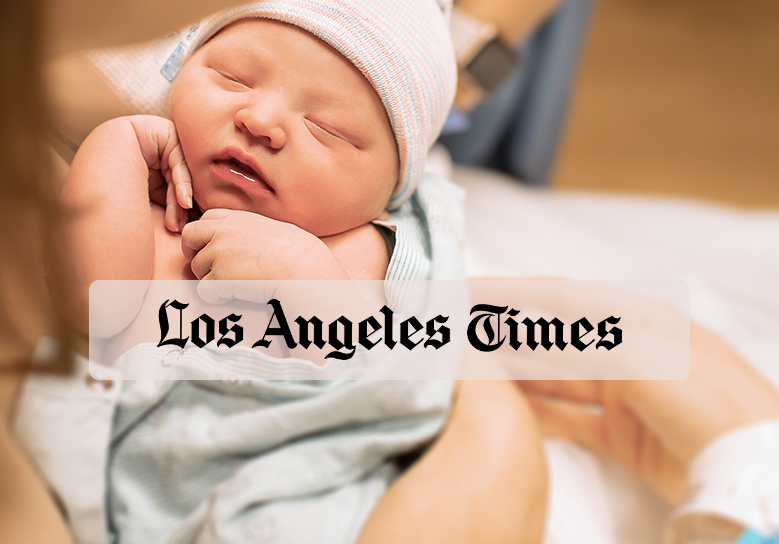Embryo Monitoring

RSC Bay Area teamed up with researchers from KQED Science to film this amazing video.
Studies show that embryo growth rate directly correlates with pregnancy success. During an IVF cycle, multiple eggs are removed from a woman’s ovaries and fertilized in the IVF lab. Only the best embryos are transferred into a woman’s uterus for implantation.
Advances in embryo growth management allow computers equipped with tiny cameras to detect the rate of embryonic cell division. As displayed in the following video — filmed, in part, at Reproductive Science Center of the Bay Area — new technology categorizes embryos based on their probability for success. This allows doctors to only transfer the embryos with the highest probability of implanting and developing into a baby, reducing the chances of a high risk multiple pregnancy (twins, triplets or more) by increasing the chance of a women becoming pregnant with a single embryo transfer.






